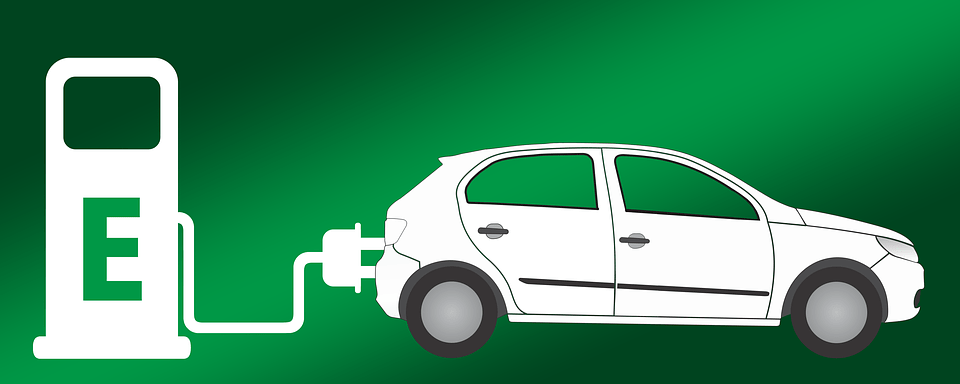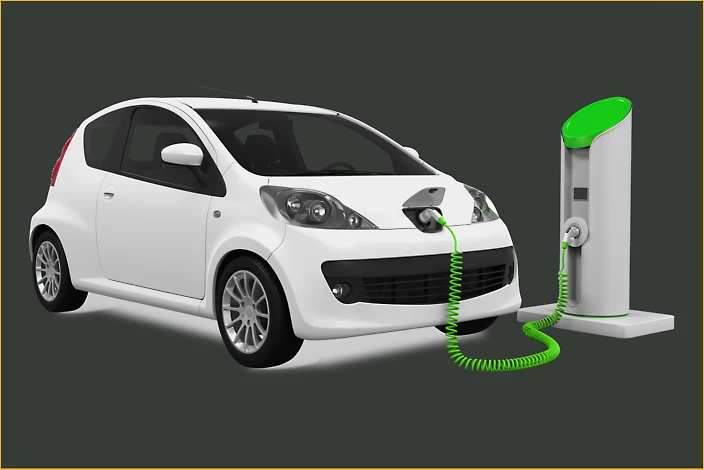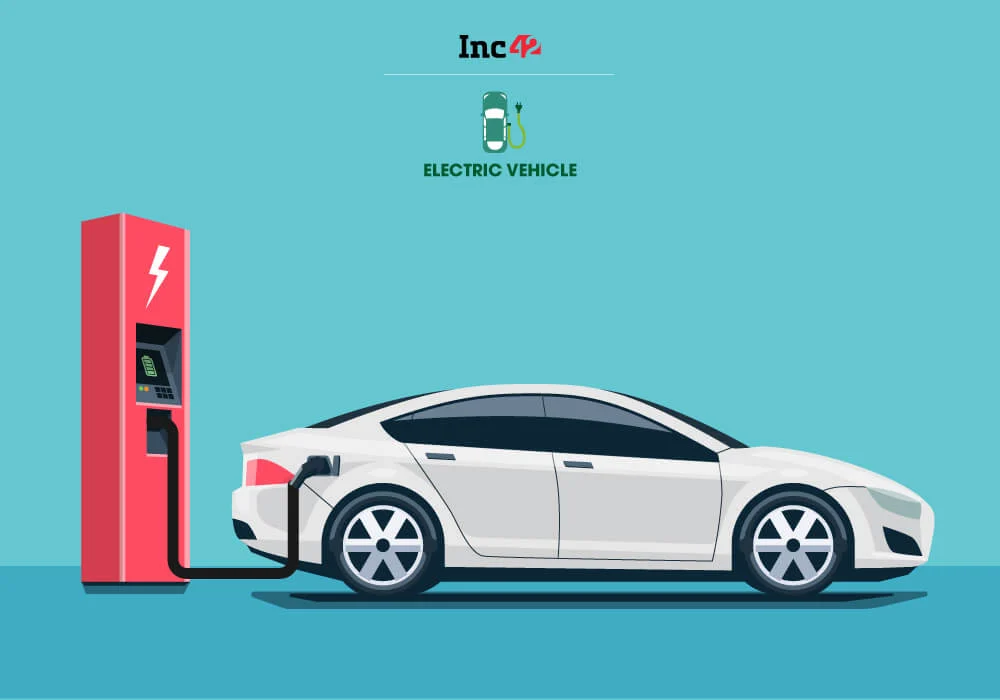Inroduction:
An e-vehicle, short for “electric vehicle,” is a type of vehicle that uses electric motors to power its propulsion system instead of internal combustion engines (ICEs) that run on fossil fuels. E-vehicles can be powered by batteries that are charged by plugging into an external power source, or by a fuel cell that converts hydrogen into electricity.
E-vehicles can come in a variety of forms, including cars, trucks, buses, motorcycles, and bicycles. They are considered to be more environmentally friendly than traditional ICE vehicles because they emit less greenhouse gases and air pollutants. E-vehicles are also often more efficient, quieter, and require less maintenance than ICE vehicles.
What are the types of electric vehicles?
There are several types of e-vehicles available in the market today. Some of the most common types of e-vehicles are:
- Battery electric vehicles (BEVs): These vehicles are powered solely by a battery pack and electric motors. They do not have an internal combustion engine, and they must be charged by plugging into an external power source.
- Hybrid electric vehicles (HEVs): These vehicles have both an electric motor and an internal combustion engine. The electric motor provides additional power to the engine, increasing fuel efficiency and reducing emissions.
- Plug-in hybrid electric vehicles (PHEVs): These vehicles are similar to HEVs, but they have larger batteries that can be charged by plugging into an external power source. They can run on electric power alone for a limited distance before switching to the internal combustion engine.
- Fuel cell electric vehicles (FCEVs): These vehicles use hydrogen fuel cells to produce electricity to power an electric motor. They emit only water vapor and heat as byproducts and are considered to be one of the cleanest types of e-vehicles.
- Electric bicycles (e-bikes): These are bicycles with an electric motor that provides assistance to the rider, allowing them to pedal with less effort. E-bikes can either have a throttle or be pedal-assist.
- Electric motorcycles (e-motorcycles): These are motorcycles that are powered by electric motors instead of internal combustion engines. They can be designed for on-road or off-road use.
- Electric buses: These are buses that use electric motors to power their propulsion systems. They are becoming increasingly popular for public transportation systems in cities around the world.
Features of e-vehicle
Here are some common features of e-vehicles:
- Electric motor: E-vehicles use electric motors to propel the vehicle, rather than internal combustion engines that burn fossil fuels.
- Battery: E-vehicles have a battery pack that stores electricity and powers the electric motor. The battery can be charged by plugging into an external power source.
- Regenerative braking: Many e-vehicles have regenerative braking, which means that the kinetic energy generated during braking is captured and used to recharge the battery.
- Range: E-vehicles have a limited range compared to traditional ICE vehicles, and their range can be affected by factors such as temperature, terrain, and driving style.
- Charging infrastructure: E-vehicles require charging infrastructure, which includes charging stations and networks, to recharge their batteries. The availability and accessibility of charging infrastructure is an important consideration for e-vehicle owners.
- Efficiency: E-vehicles are generally more efficient than traditional ICE vehicles because they convert more of the energy stored in the battery into motion.
- Reduced emissions: E-vehicles produce fewer emissions than ICE vehicles, which can help to reduce air pollution and greenhouse gas emissions.
- Quiet operation: E-vehicles are quieter than ICE vehicles because they do not have a combustion engine.
- Smart features: Many e-vehicles come with smart features such as remote monitoring, connectivity, and over-the-air updates, which can enhance the user experience and improve the vehicle’s performance.
- Safety features: E-vehicles are equipped with safety features such as airbags, anti-lock brakes, and electronic stability control, to protect the driver and passengers in the event of a collision.






